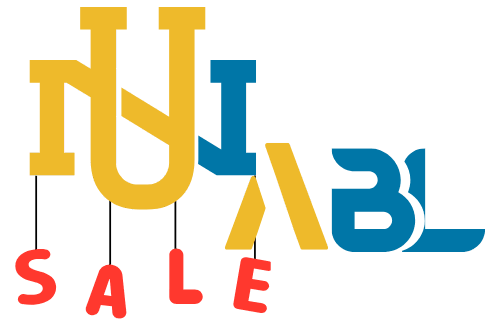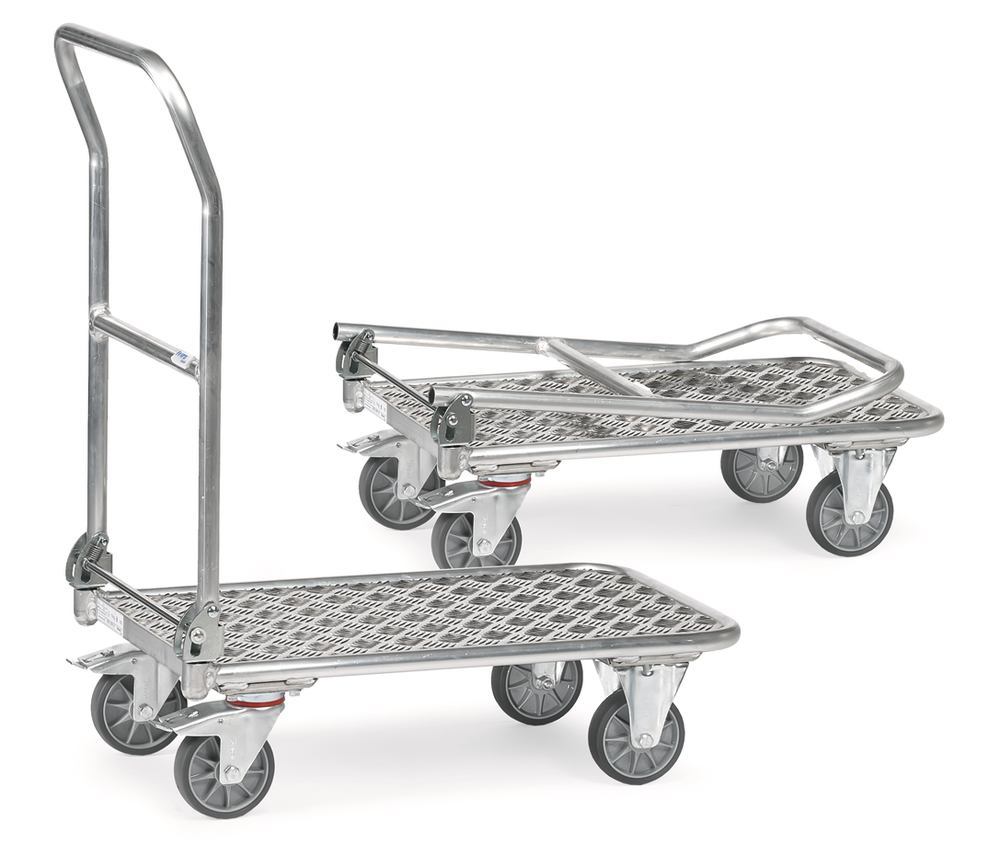The shared equipment touch points have been under the magnifying glass during the COVID-19 pandemic. Manufacturers struck back with copper-infused powder coats that deliver a 99.9 per cent bacterial kill within two hours, and UV-curable varnishes laden with silver ions for long-lasting veridical activity. Some others integrated contactless brake releases which were actuated by proxy-cards or boot-heel actuators, which meant the gloved hands never touched the potentially contaminated levers. We’ve gone from detergent wipes to electrostatic misting for our daily cleanings and needed deck materials that would not embitter with quaternary ammonium disinfectants.
As serious threat of pandemic subsided, raised expectations for hygiene remain but have since established themselves in specification documents, with anti-microbial finishing and clean-in-place design now secured as non-negotiable rather than add-ons.
SLAs and Performance-Based Contracting
As is the case with forklift hire, certain providers are now offering the use of platform trolley with performance-based service level agreements (SLAs). Under such contracts, monthly costs rise with certain uptime metrics, giving providers an incentive to prevent, rather than simply respond to, outages. Remote diagnostics refers to casters whose vibroacoustic fingerprint suggests that they’re neck-deep in bearing failure; it means techs show up with the right wheel assembly before you’ve even submitted a ticket. The pay-to-fee model helps vendors’ cash flows too, as they front-end (cash, that is) not so much revenue, but rather what looks more like annuity-based revenue for their investments.
Quantum-Optimised Caster Geometry and Beyond
Quantum computing may seem far distant from material handling but experimental algorithms today are already used to optimize difficult multi-parameter problems such as caster fork geometry under stochastic load conditions. Preliminary studies suggest it could reduce drag forces by five to seven per cent more than could be achieved by classical simulations — savings that add up when deployed over thousands of daily trolley-kilometres. Similar advances in solid-state battery density would potentially make self-driving assist modules practical with less bulky swappable packs that allow for even older and differently-abled staff members to manage 500 kilograms of payload without difficulty. They ensure that, for the wooden platform trolley at least, we are very much not at the end of the line, but instead surfing on ahead of the next wave of cross-disciplinary innovation for another fifty years.
A Strategic Lever in Plain Sight
From supply chain volatility to inclusive workplace mandates, the currents of twenty-first-century logistics flow together in a single deceptively simple object: the platform trolley. Explain it badly and every productivity target, safety KPI and sustainability pledge soaks up the frictions — both literal and figurative. Call it out carefully and that same trolley becomes an efficient accelerant, shaving seconds from every pick, saving backs from strain, broadcasting brand prowess to all it serves in silence. In a world obsessed with aerial automation capex, this is revolution in the ground below, in its wheel that launches every trip and puts a soft hold on every payload. Learn how to choose a platform trolley, and you have learned how to provide yourself with a linchpin of operational resilience—today, tomorrow, and as smart, as green, as human-friendly as warehouses will get.
Conclusion
During a five-minute safety huddle, employees might be reminded how a maintenance action driven by the data prevented a breakdown just in time for the holiday rush, linking data to its human effects. Education loops need to be established with cross-functional stakeholders — finance teams in on how to lease assets to change depreciation schedules, human resources gaining insight into how ergonomic advancements line up with well-being initiatives. The progress trolley from equip2go morphs from equipment into a symbol of a learning organization—a culture that revised, measures, and scales progress tirelessly. They’re not a promoting a culture that plateaus but instead iterates, pivots and uses every new material, algorithm or regulatory insight to power an endless search for safer, faster, greener movement.



